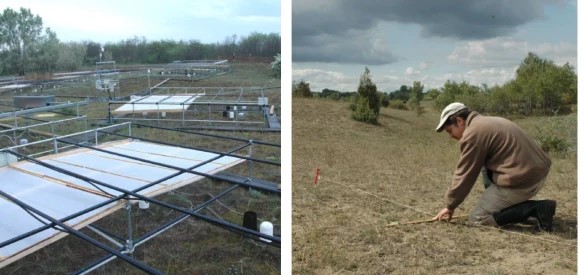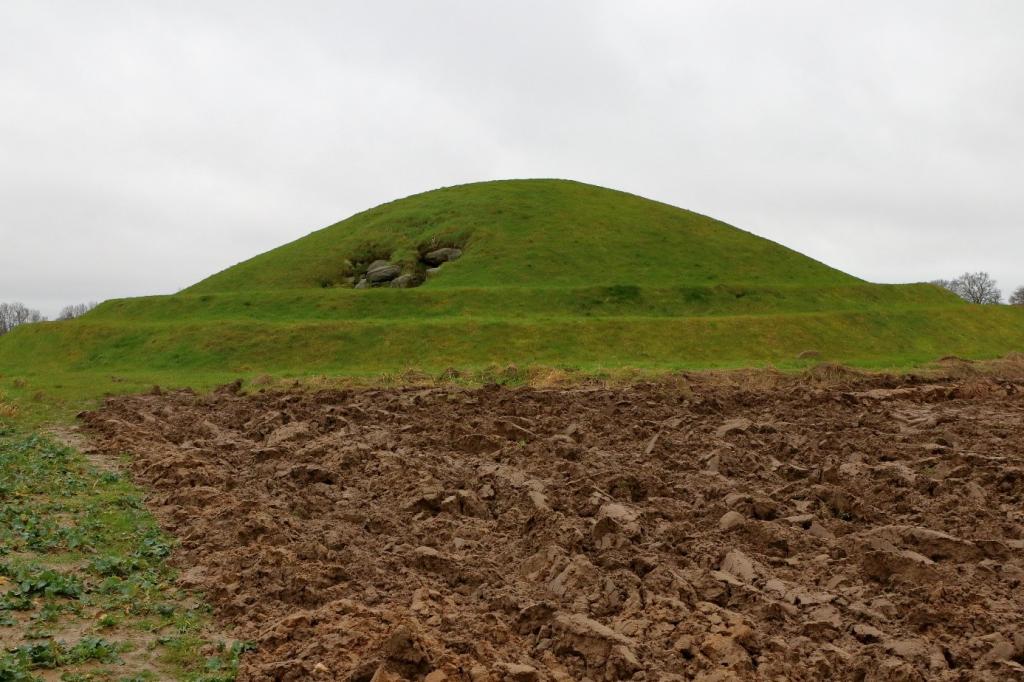
In a recent study published in the prestigious journal Nature Ecology & Evolution, researchers from the ELKH Centre for Ecological Research (CER) compared the results of field experiments on the consequences of droughts with data from actual drought observations in a global synthesis. The researchers found that although the experiments themselves predicted serious consequences, the data from observations far outweighed them.
The consequences of rapid climate change are relatively slow to emerge on a human scale, and the effects can often be masked by other processes, making it difficult to assess the ecological impacts of climate change. Researchers most often take one of two approaches: they observe natural phenomena and try to link changes in biota to changes in climate, for example, or they carry out field experiments to try to reproduce a particular component of climate change.
Both methods have their advantages and limitations. Experiments can be used to artificially accelerate the process of climate change, so that we do not have to wait 50-100 years to see the effects, as opposed to observing them continuously. An additional advantage of the experiments is that the effects of different elements of the climate can be investigated simultaneously under several scenarios and in isolation. The advantage of observations is that they show real changes, but we cannot be sure that the observed changes are caused by the changing climate.
In the current study, the CER researchers investigated the reliability of field experiments simulating the effects of drought, a method that has recently become more widespread, as one of the greatest threats to human life and wildlife in the coming decades will be the increasing frequency of droughts. They conclude that the experiments significantly underestimate the effects of droughts and may show a more positive vision of the future. This is probably due to the small size of the field experiments and the fact that the experiments only simulate a lack of precipitation, whereas in real droughts the weather is warmer, sunnier and drier. The researchers argue that the impact of natural droughts is a better indicator of the likely consequences of future droughts.
“The agricultural and ecological importance of drought is very high. If there is not enough rainfall in summer, yields are lower and the natural vegetation’s ability to store carbon is reduced. Total precipitation in Hungary is not expected to decrease, but summers will be drier and precipitation will be more unevenly distributed throughout the year. In other words, the same amount of precipitation will be seen in the form of less, but more intense rainfall,” said György Kröel-Dulay, head of the Experimental Vegetation Ecology Research Group at the CER Institute of Ecology and Botany, first author of the study. He added: “Southern Europe will become drier and northern Europe wetter. Since Hungary is on the border between the two regions, there is more uncertainty about the future of the climate here.”
“As we emphasise in our study, there is no suggestion that field experiments are bad overall and not worth looking at. I am also an experimental person, and I know that this method has many advantages,” said György Kröel-Dulay. “At the same time, it is very important to approach any problem using multiple methods in parallel and to evaluate the results of these methods together, rather than narrowing down our research to one approach that we think is better. Although the experiments show the same trends as the observations – for example, that already drier areas are more vulnerable to drought – it is clear that the experiments tend to underestimate the ecological consequences of the expected drought. However, to predict and manage change effectively, we need accurate data,” he noted.
Source: ELKH




